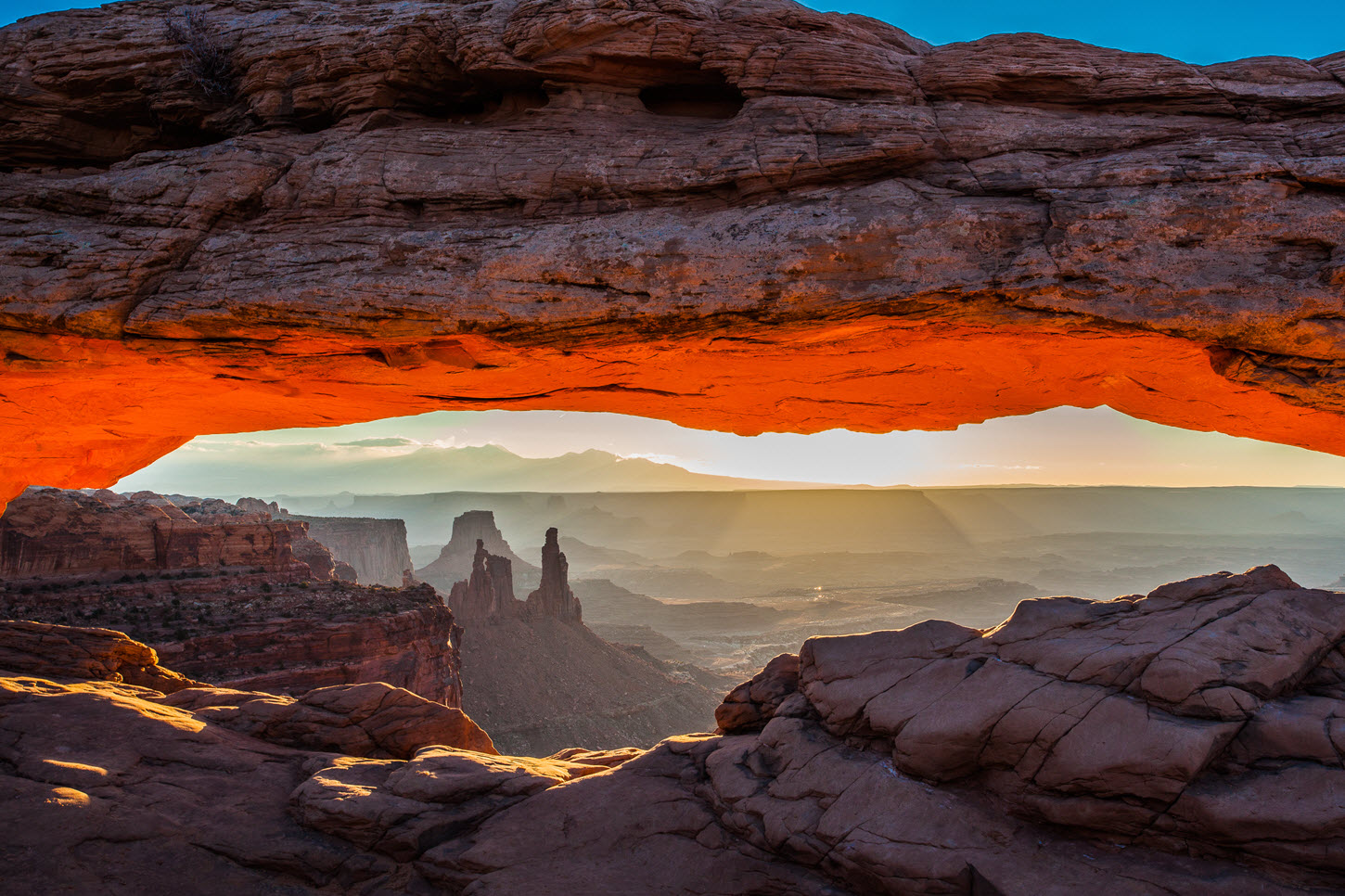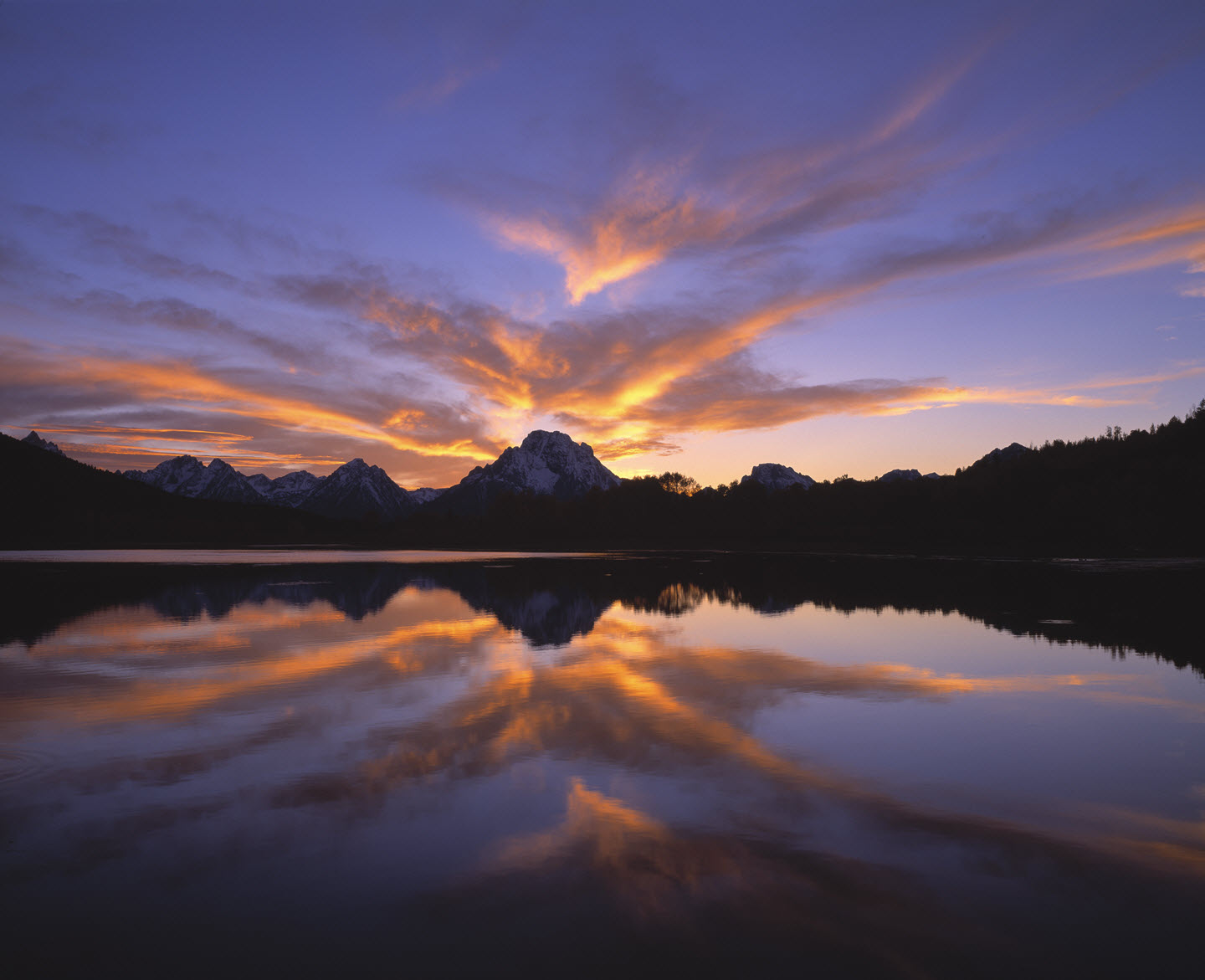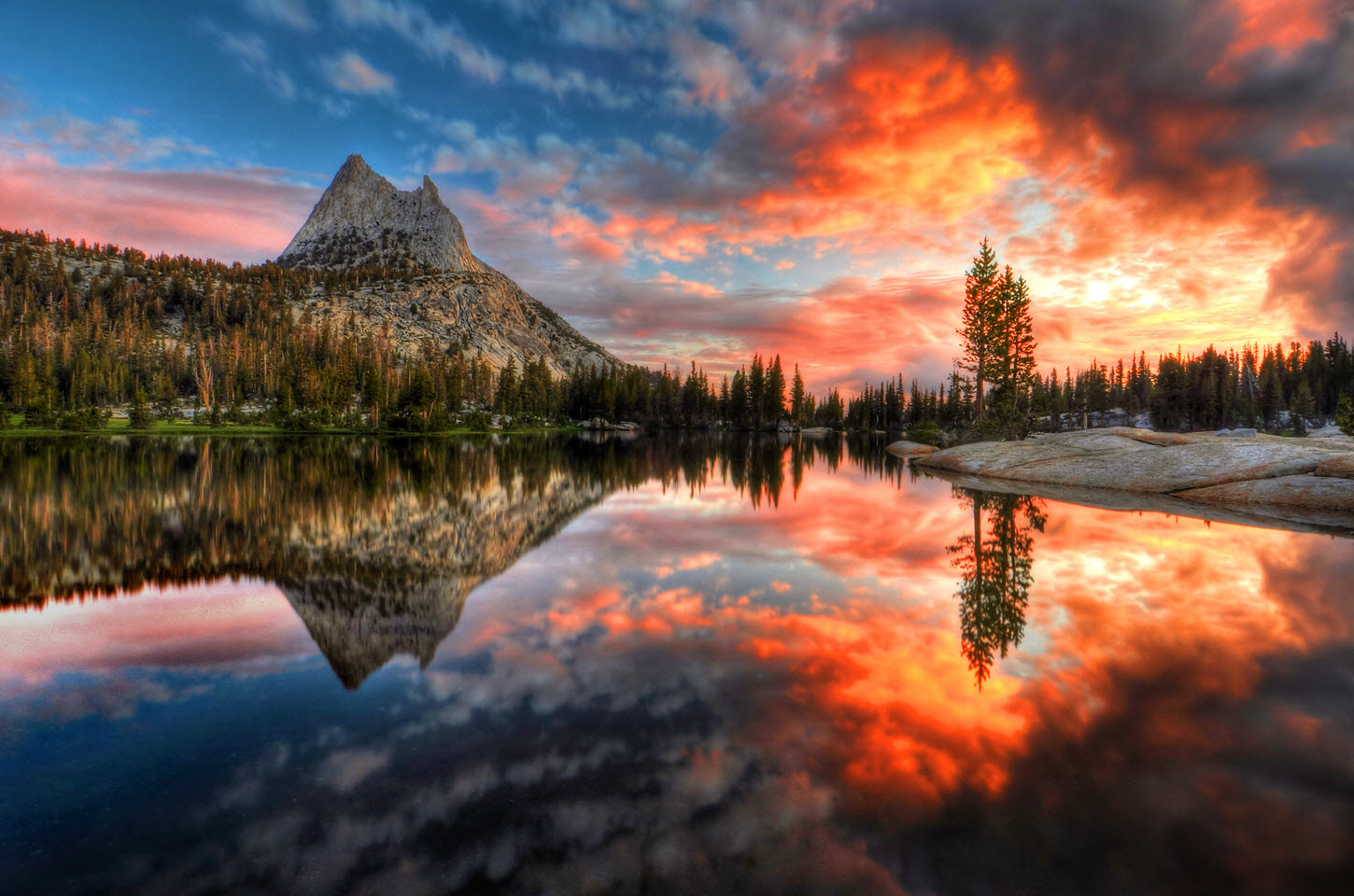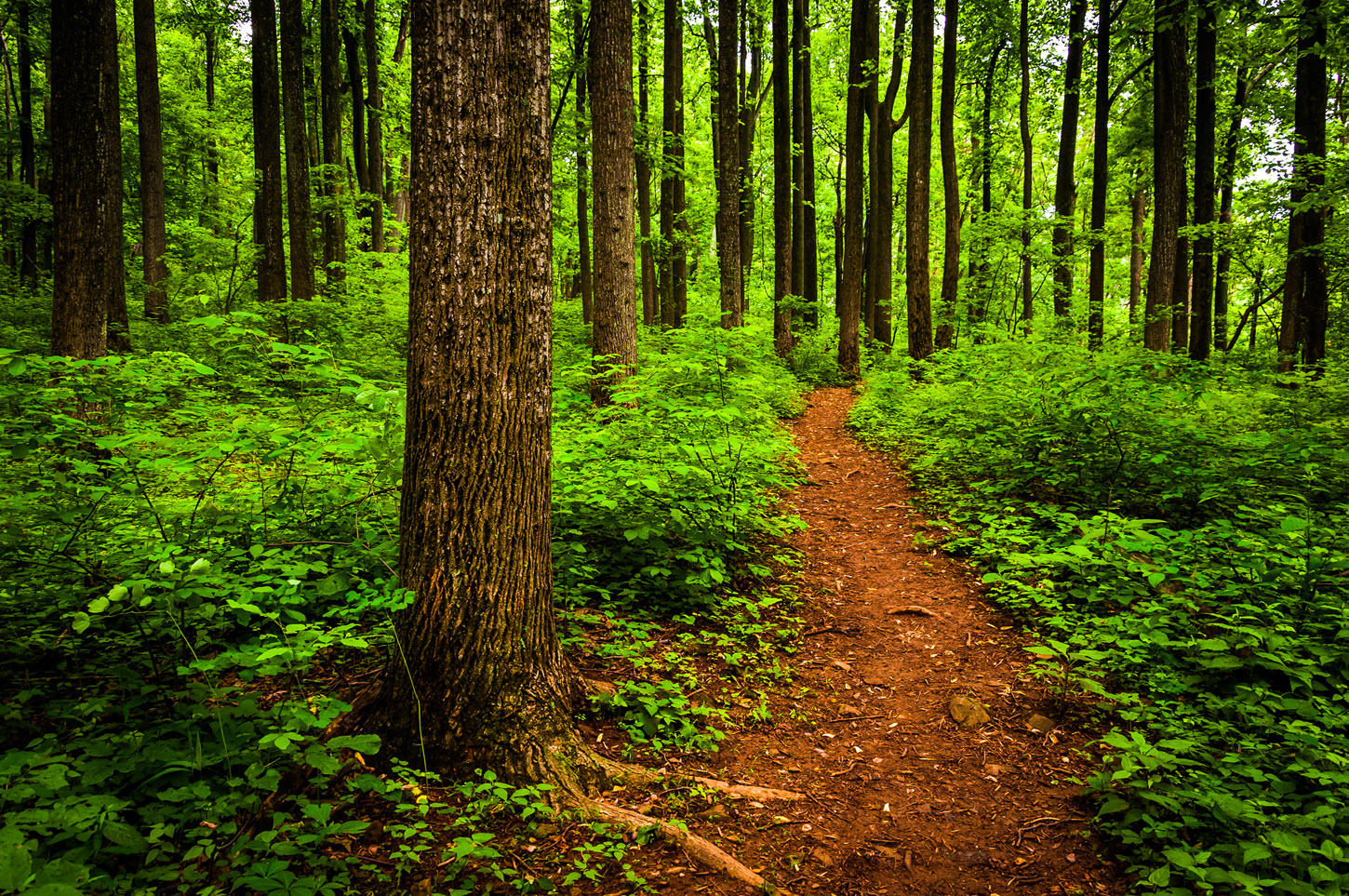
The Backpacker's
Field Manual
A COMPREHENSIVE GUIDE TO MASTERING BACKCOUNTRY SKILLS
by Rick Curtis
published by Penguin Random House

published by Penguin Random House
by Rick Curtis
A COMPREHENSIVE GUIDE TO MASTERING BACKCOUNTRY SKILLS
The Backpacker's
Field Manual

The Backpacker's
Field Manual
A COMPREHENSIVE GUIDE
TO MASTERING BACKCOUNTRY SKILLS
by Rick Curtis
published by Penguin Random House
TABLE OF CONTENTS See what's inside The Backpacker's Field Manual
Chapter 1 – Trip Planning
BASIC TRIP PLANNING 2
Group Size and Ability 2
Activities 3
Location and Weather 4
Expect the Unexpected 5
Equipment 6
Food 6
Costs 6
Skill Development 6
TRIP PREPARATION CHECKLIST 7
Pre-Trip 7
During the Trip 8
On Your Return 8
ROUTE DIFFICULTY 8
Trip Difficulty Rating 9
PLANNING A ROUTE 10
Guidebooks 10
Travel Logistics 11
Choosing Campsites 11
Estimating Travel Times 12
Time Control Plan 14
LONG-DISTANCE TRIPS 15
Resupply Issues 15
Chapter 2 – Equipment
EQUIPMENT ASSESSMENT 20
Personal Equipment 20
Group Equipment 20
The Essentials 21
CLOTHING 22
Regulating Your Body Temperature 22
The Layering Principle 23
The Clothing Layers 24
Clothing Techniques 32
BOOTS 34
What Kind of Boots 35
Fitting Boots 35
Breaking In Boots 36
Boot Care 37
THE BACKPACK 38
Pack Size 40
Sizing a Pack 41
Packing Your Pack 42
General Packing Suggestions 43
SLEEPING EQUIPMENT 46
Sleeping Bags 46
Sleeping Pads 49
SHELTER 50
General Shelter Tips 50
Tarps 51
Tents 53
COOKING EQUIPMENT 55
Backpacking Stoves 55ite Gas Stove 58
Lightweight/Ultralight Cartridge
Stoves 61
MISCELLANEOUS GEAR 63
TECHNOLOGY IN THE WILDERNESS 63
Chapter 3 – Food & Nutrition
ENERGY AND NUTRITIONAL REQUIREMENTS 67
Caloric Requirements 67
Food Sources 67
BASIC FLUID RECOMMENDATIONS 69
MENU PLANNING 71
How Long are You Going to be Out? 72
Ease of Preparation 72
Weight 73
Packaging/Repackaging 74
Spoilage 74
Eating on the Trail 76
GENERAL COOKING GUIDELINES, INGREDIENTS, AND RECIPES 77
Sample Recipes 78
OUTDOOR BAKING 84
FOOD EQUIVALENTS 86
MEASUREMENT EQUIVALENTS 86
Chapter 4 – Hygiene and Water Purification
KEEPING CLEAN ON THE TRAIL 88
Handwashing 88
Personal Bathing 90
WASHING CLOTHES 91
WASHING DISHES, POTS, AND UTENSILS 91
WOMEN’S HYGIENE ISSUES 93
Tampons vs. Pads 93
Disposing of Tampons, Pads, and Towelettes 93
WATER PURIFICATION 94
Boiling 95
Chemical Purification 95
Mixed-Oxidant Solutions 97
Ultraviolet Light 98
Filtration 99
COLLECTING AND STORING WATER IN COLD WEATHER 101
Preventing Your Water from Freezing 103
Chapter 5 – Leave No Trace Hiking and Camping
GENERAL PRINCIPLES 106
PLAN AHEAD AND PREPARE 107
TRAVEL ON DURABLE SURFACES 108
Travel on Existing Trails 108
Traveling Off-trail 108
CAMP ON DURABLE SURFACES 109
General Campsite Guidelines 110
Camping in High-Use Areas 110
Camping in Pristine,
Undisturbed Areas 111
SETTING UP CAMP 111
DISPOSE OF WASTE PROPERLY 113
Dealing with Human Waste 113
Urine 114
Feces 115
Toilet Paper 119
OTHER TYPES OF WASTE 121
Medical Waste 121
Garbage 121
Trash 122
Wastewater 122
At the End of the Trip 122
MINIMIZE CAMPFIRE IMPACTS 122
General Guidelines for Fire Building 123
Fires in Highly Impacted Areas 124
Fires in Pristine Areas 124
Methods of Leave No Trace Fire Building 125
Building and Lighting a Fire 126
Clean-up After a Fire 128
LEAVE WHAT YOU FIND 128
Leave Natural Features Undisturbed 128
Avoid Spreading Non-Native Plants and Animals 129
Respect Cultural, Religious, and Historical Sites 129
RESPECT WILDLIFE 129
BE CONSIDERATE OF OTHER VISITORS 131
Chapter 6 – Wilderness Travel
MAPS AND MAP READING 134
Map Scale 134
Map Colors and Symbols 135
Map Legend 135
Contour Lines 136
Measuring Distances 136
CALCULATING LOCATION USING A COORDINATE SYSTEM 137
Latitude and Longitude 138
Universal Transverse Mercator System 139
USING A COMPASS 144
What Is North? 145
Declination 146
USING A MAP AND COMPASS TOGETHER 147
Bearings 148
Map Bearings versus Magnetic Bearings 148
East Declination 149
West Declination 150
Adjusting Your Compass for the Local Declination 151
WILDERNESS NAVIGATION 151
Check Your Position Regularly 151
Orient the Map 151
Identify Terrain Features 152
REAL-LIFE NAVIGATION SCENARIOS 153
Scenario 1—Lost in the Fog 153
Scenario 2—Heading to the Summit 155
Scenario 3—Retracing Your Steps to Camp 155
Scenario 4—Maneuvering Around Obstacles 158
Scenario 5—Locating Yourself When Lost 159
OTHER NAVIGATION TOOLS 161
Watch 161
Altimeter 161
GLOBAL POSITIONING SYSTEM 162
Mapping Software 163
Map Datum 163
Using a GPS 164
BACKCOUNTRY TRAVEL 165
Group Size 165
Conserving Energy 166
Hiking Techniques 168
STRETCHES FOR HIKING 169
OFF-TRAIL HIKING 170
General Backcountry Conditions 170
Hiking on Snow and Ice 173
Crossing Rivers 174
Crossing Roads 179
TRAVELING IN BEAR COUNTRY 180
Bear Precautions 182
Bear Encounters 182
How to Bearproof Your Camp 184
KNOTS 188
Two Half-Hitches 189
Bowline 190
Tautline Hitch 190
Square Knot 191
Sheet Bend 191
Trucker’s Hitch 192
Chapter 7 – Weather and Nature
WEATHER 194
CLIMATE AND SEASON 194
Temperature Ranges and Typical Weather Patterns 194
WIND 195
Mountain Winds 195
Coastal Winds 195
Changes in Wind Direction 195
CLOUDS 196
Specific Cloud Types 196
BAROMETRIC PRESSURE 198
FRONTS 199
Warm Fronts 199
Cold Fronts 200
Occluded Fronts 200
EXTREME WEATHER CONDITIONS 200
THUNDERSTORMS 201
The Physics of Lightning 202
Lightning Dangers 204
PREDICTING THE WEATHER 208
NATURAL SIGNS OF DIRECTION AND TIME 210
Direction 210
Time 212
COMMON TREES 212
Leaf Attachment 213
Leaf Type 213
Basic Tree Identification 214
PLANTS 219
Wild Edibles 219
Plants to Avoid 219
WILDLIFE OBSERVATION AND ANIMAL TRACKING
Chapter 8 – Safety and Emergency Procedures
DEALING WITH EMERGENCIES—WHO’S IN CHARGE? 224
HOW ACCIDENTS HAPPEN 225
Environmental Hazards 226
Equipment Hazards 227
Human Hazards 227
Balancing Hazards with Safety Practices 228
Safety Protocols/Practices 229
Preventing Accidents 231
Situational Awareness—“Leader’s Radar” 232
Analyzing Accidents—Closing the Circle 233
SENDING FOR HELP 233
EVACUATION PROCEDURES 235
Possible Evacuation Scenarios 236
Choosing to Evacuate 237
Running the Evacuation 238
WHAT TO DO IF YOU’RE LOST 238
If the Group Gets Lost 238
If You or Someone in the Group Gets Lost 239
If You Are Hiking Alone and Get Lost 240
Identifying Your Location 240
Signaling for Help 241
Finding a Lost Person 243
FOREST FIRES 246
The Dynamics of Forest Fire 247
Fire Safety Plan 248
Fighting Fires 249
WILDERNESS SURVIVAL 250
The Five Elements of Survival 250
Shelter 251
Water 253
Chapter 9 – First Aid and Emergency Care
BACKCOUNTRY FIRST AID 260
The Wilderness Context 260
Good Samaritan Laws 261
MAJOR BODY SYSTEMS 262
ANATOMY GLOSSARY 264
THE PATIENT ASSESSMENT SYSTEM 264
Universal Precautions for Working With Blood and Body Fluids 265
Assess the Scene 266
Initial Assessment 266
Focused History and Physical Exam 268
TREATMENT AND DOCUMENTATION 273
Develop a Treatment Plan 273
GENERAL FIRST-AID PRINCIPLES 274
Shock 274
Swelling 276
Ischemia 277
Shell/Core Response 278
Bleeding 278
Wound Care 279
Wound Infection 281
Basic Life Support 282
Moving Your Patient 283
MUSCULOSKELETAL SYSTEM INJURIES 286
Stable and Unstable Injuries 286
Basic Stable Injury Treatment 287
Strains 287
Tendonitis 288
Sprains 288
GENERAL FRACTURE TREATMENT 289
Splinting 289
Fractures at Joints 295
Angulated Fractures 295
Open Fractures 296
Femur Fractures and Traction Splints 297
DISLOCATIONS 298
Shoulder Dislocations 299
Kneecap Dislocation 301
Digit Dislocation 302
SPINAL INJURIES 302
Treating Spinal Injuries 303
CENTRAL NERVOUS SYSTEM INJURIES 305
Fainting 305
Head Injury 306
Increasing Intracranial Pressure (ICP) 307
Concussion 308
Skull Fractures 309
Seizures 309
CHEST INJURIES 311
Broken Ribs 311
Flail Chest 312
Closed Pneumothorax/Hemothorax 312
Open Pneumothorax—Sucking Chest Wound 313
Tension Pneumothorax 313
Impaled Object in the Chest 314
THERMAL BURNS 314
Superficial Burns (First-Degree) 315
Partial-Thickness Burns (Second- Degree) 315
Full-Thickness Burns (Third-Degree) 315
SOFT-TISSUE INJURIES 317
Blisters 317
Lacerations 319
IMPALED OBJECTS 320
Minor Impaled Objects 320
RASHES 321
Poison Ivy, Poison Oak, Poison Sumac 321
Friction Rashes 322
EYE INJURIES 322
Thermal Burns 322
Snowblindness 322
Chemical Burns 323
Foreign Objects 323
Impaled Objects 323
Contact Lens Problems 323
NOSEBLEEDS 324
DENTAL PROBLEMS 324
Toothaches 325
Broken Tooth 325
Fractured Tooth 325
Knocked-out Tooth 325
Lost Filling 326
Infection 326
ENVIRONMENTAL INJURIES AND ILLNESSES 326
Fluid Balance 325
Hyponatremia—“Water Intoxication” 327
REGULATING BODY TEMPERATURE 329
Cold Challenge 330
COLD-RELATED ILLNESSES AND INJURIES 332
Hypothermia 332
Immersion Hypothermia 337
Frostbite and Other Cold-Weather Tissue Injuries 338
Immersion Foot or Trenchfoot 341
HEAT-RELATED ILLNESSES 342
Heat Challenge 342
Heat Cramps 345
Heat Syncope 345
Heat Exhaustion 345
Heatstroke 346
DROWNING AND NEAR DROWNING 348
LIGHTNING INJURIES 348
TOXINS 349
Acids and Bases 350
Petroleum Products 350
Medicines or Plants 350
Iodine Crystals 350
Carbon Monoxide 351
White Gas 351
ANIMAL AND INSECT BITES AND STINGS 352
Rabies 352
SNAKES 353
Pit Vipers 353
Coral Snakes 354
INSECTS 355
Black Widow Spider 355
Brown Recluse Spider 355
Hobo Spider 356
Scorpions 356
Insect Repellants 357
Mosquitoes and Disease 359
Ticks and Tick-Borne Diseases 360
Bee, Yellow Jacket, and Wasp Stings 363
Anaphylaxis 364
Chiggers 366
GENERAL MEDICAL ISSUES 367
Abdominal Injuries and Gastrointestinal Problems 367
Appendicitis 367
Constipation 368
Diarrhea or Vomiting 368
Gastrointestinal Infections 370
Giardia 370
Cryptosporidium and Cyclospora 371
OTHER INFECTIOUS DISEASES 372
Tetanus 372
Hantavirus Pulmonary Syndrome 373
RESPIRATORY EMERGENCIES 375
Asthma 375
GENITOURINARY TRACT AND WOMEN’S HEALTH ISSUES 376
Urinary Tract Disorders 376
Vaginitis 377
DIABETES 378
Hypoglycemia (Low Blood Sugar) 378
Hyperglycemia (High Blood Sugar) 379
ALTITUDE ILLNESSES 380
Acclimatization 380
Acute Mountain Sickness 381
High-Altitude Pulmonary Edema 383
High-Altitude Cerebral Edema 384
ORGANIZATIONS PROVIDING TRAINING IN WILDERNESS FIRST AID 385
Chapter 10 – First Aid and Emergency Care
OUTDOOR LEADERSHIP 387
Formal versus Informal Leadership 387
Situational Leadership® 388
DECISION-MAKING STRATEGIES 391
Who makes the Decision? 391
Planning out the Decision 392
Group Decision Making 393
Decision-Making Techniques 393
Communicating the Decision 394
REFLECTING ON THE EXPERIENCE 395
When to Reflect 395
How to Reflect 397
Appendix
PDF versions are available for download in the downloads section.
- THREE-SEASON BACKPACKING TRIP TEACHING PLAN 399
- WARM-WEATHER BACKPACKING EQUIPMENT LIST 400
- MODERATE-WEATHER BACKPACKING EQUIPMENT LIST 402
- COLD-WEATHER BACKPACKING EQUIPMENT LIST 403
- GENERAL GROUP EQUIPMENT LIST 404
- FIRST-AID KIT 406
- FITNESS AND HEALTH INFORMATION FORM 408
- TRIP LOGISTICS PLAN 411
- TRIP SAFETY PLAN 412
- MENU PLAN 415
- TRIP EXPENSES FORM 417
- TRIP LOG 418
- EMERGENCY INFORMATION REPORT 419
- SOAP NOTE 421

